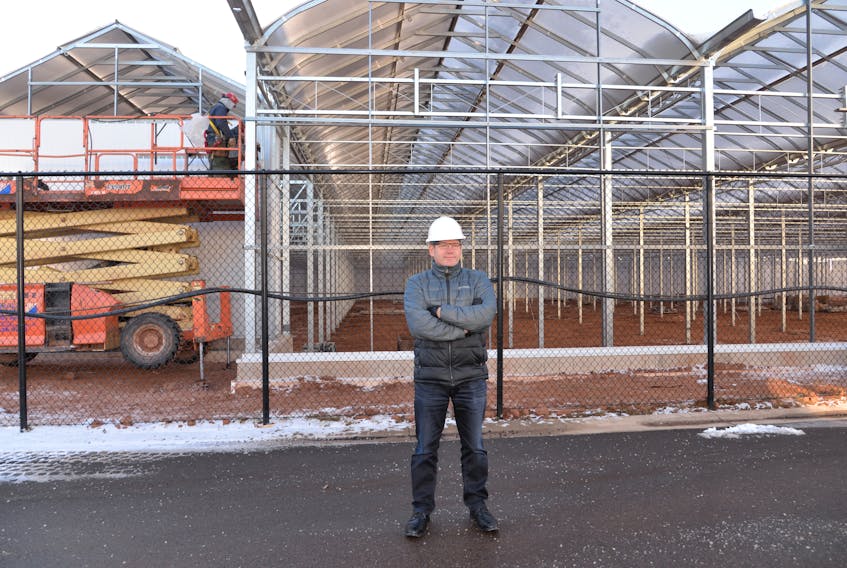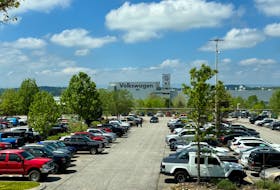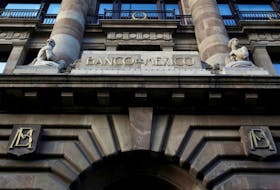CHARLOTTETOWN, P.E.I. - At two per cent, P.E.I.’s forecasted economic growth in 2019 will be on par with Canada as a whole, but it will not lead the Atlantic provinces as it has the past couple of years.
“We’re expecting a modest slowdown in the P.E.I. economy next year. But, two per cent is still pretty strong growth,” said Fred Bergman, the Atlantic Provinces Economic Council’s (APEC) senior policy analyst.
“It’s stronger than Nova Scotia and New Brunswick. We’re predicting stronger growth in Newfoundland and Labrador,”
Last month, APEC released it economic outlook report for 2019. P.E.I.’s two per cent real GDP growth forecast is down from 2.2 per cent forecasted in 2018 and 3.2 per cent in 2017.
An area that is expected to decline in 2019 is investment in major projects by eight per cent.
Even so, the economic benefits of the projects started in 2018 could have an impact in 2019. One project identified in the report is the expansion at Canada’s Island Garden in Charlottetown. The $35-million FIGR East (and Canada’s Island Garden) expansion project began in May.
Edwin Jewell, the company’s president and CEO, said recently that phase one of the project, which involves 54,000 square-feet of warehouse and production space as well as 166,000 square feet of greenhouse space, is expected to be completed in May 2019. The second phase of the project involving an additional 85,000 square feet of greenhouse space, is targeted for completion in 2020.
The company produces both recreational and medical marijuana.
The first phase of the project is expected to create about 200 new jobs.
“We’re ramping up in preparation for when we’re growing 30 to 35 times the amount of product that we’re growing today,” Jewell said.
Other areas highlighted in the report include population growth (1.8 per cent as of July) and retail sales growth of 3.5 per cent in 2019, which is down from the forecasted 4.6 per cent in 2018 (the highest growth rate in Canada) and 6.3 per cent in 2017.
The province has plans to add affordable housing units in the next couple of years, which should help with the low vacancy rate. Housing starts will continue to grow, but the housing market is having a difficult time keeping up with population growth, said Bergman.
“If you don’t have housing for people, what usually happens is they go somewhere else,” he said.
Other factors affecting economic growth are the province’s labour shortage and inflation, which increased to 2.6 per cent in 2018 and lowered real wages by 0.4 per cent. Inflation is projected to be 2.2 per cent in 2019.
Retail sales growth is expected to slow to 3.5 per cent in 2019 compared to 4.4 per cent in 2018 and 6.3 per cent in 2017 while exports and non-residential investments are expected to slow down.
Newfoundland and Labrador is forecasted to lead the way in Atlantic Canadian economic growth, rebounding from negative growth in 2018 (minus 1.6 per cent) to 2.9 per cent next year. The report cites increased oil production (eight to 10 per cent) from the Hebron off-shore oil field as well as increased mining production as factors in the turnaround.
Nova Scotia’s economic growth is forecasted to be one per cent next year and 1.1 per cent for New Brunswick.
A recent report by the Conference Board of Canada estimated P.E.I.’s growth to be 2.7 per cent next year.









